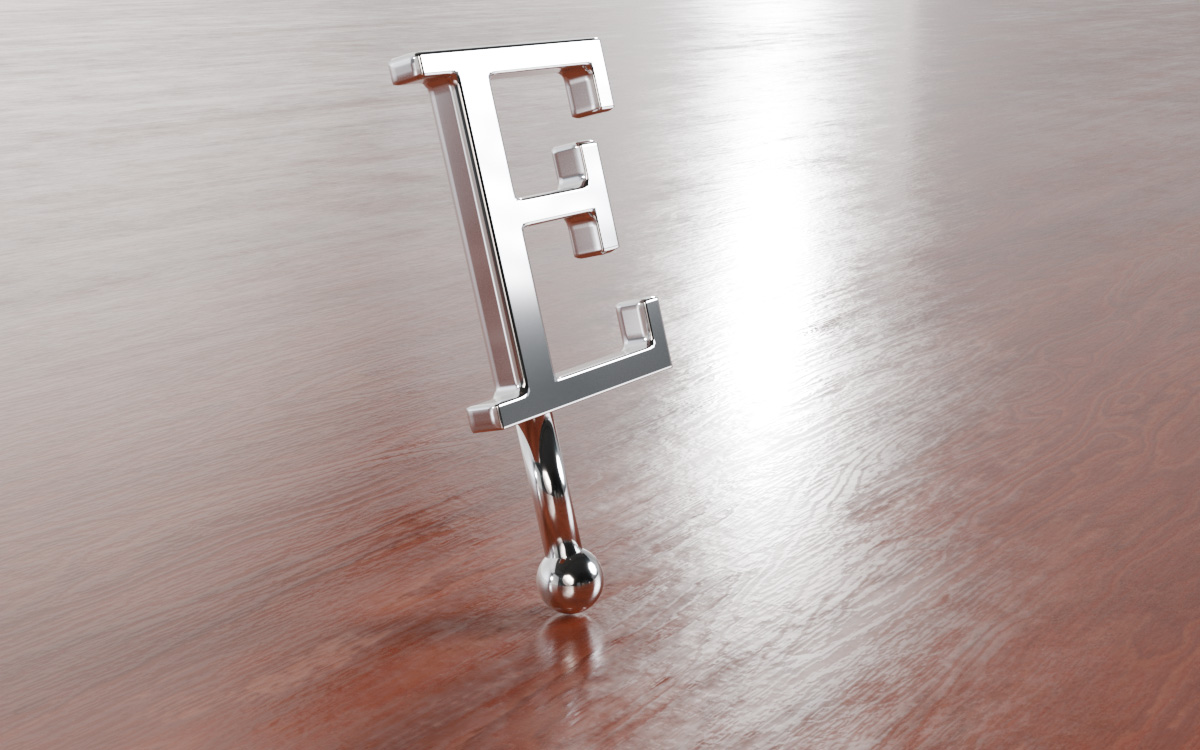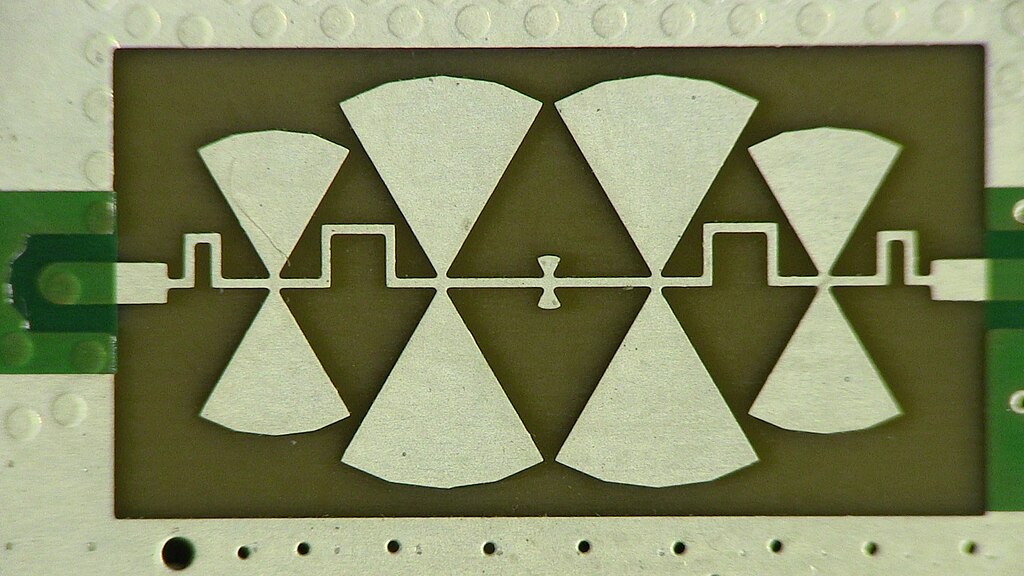
Talking Tines
29 Jun 2024Progress: Concept
Mathematically, whacking something really hard is known as an "impulse". And mathematically, an impulse is made up of a wide range of frequencies: an infinitely short impulse contains an infinite range of frequencies (its Fourier transform is a flat line).
When you whack a tuning fork, initially it is excited by lots of frequencies, but since there is just one main mode of oscillation, almost all of them die away quickly and only the fundamental, along with its harmonics, sustain.




Bells and cymbals have shapes that support multiple modes of vibration, so when you whack them a larger number of frequencies sustain. In the case of bells, the odd ratios between the different modes give them the distinctive, not-quite-harmonic timbre. And in the case of cymbals, even more modes lead to an ambiguous pitch, but it's still distinct; different sized cymbals sound different.

Consider a more complex tuning fork, one with more tines, that would let us carefully control the dominant modes of oscillation. I think this would be quite hard to design in an old fashioned way, but modern software allows us to model structures with Finite Element Analysis. Through computer modelling, imagine we create a filtered tuning fork, with a controlled harmonic profile when we whack it.

or perhaps


or maybe

These renders conjure up images of antennas or sea creatures, but in actuality the shapes would likely be more complex than anything I have the patience to model.

This imaginary fork would be shaped to a formant filter. The distinct tonal qualities that make up the vowel sounds of the human voice are well documented.
This brings up the hilarious possibility of a tuning fork for middle A announcing itself with a prolonged "A" vowel sound. Similarly a fork with an E as its fundamental pitch could hum "Eeeeee"

I doubt we could actually make the fork look like the letter E, but it's not impossible, if the thickness of the material was subtly varied. There are many more oscillatory modes than just the tines. The metal shape behaves somewhat like a cavity, with the highest frequency vibrations bouncing around inside.

I imagine that when initially struck, the fundamental will dominate, but the other tines, being tuned to the specific harmonics we desire, will gradually increase in amplitude before the whole lot fades away.

I am reminded somewhat of the curious designs for microwave frequency circuit boards. At these high electrical frequencies, traces on the circuit board behave in a surreal manner. It's possible to construct filters by drawing triangle shapes in the copper trace.

Ultimately – and I'm not sure how far into the realm of fantasy we want to traverse here – the goal is to produce a metal shape that when whacked, speaks a word in English. I can fathom a few ways we might make the leap from single phonemes to multisyllabic sounds.
My first idea makes use of resonance and weakly coupled tines to delay the excitation. There's a well known example of pendulums all hanging from the same support, and when one starts swinging, slowly the rest start swinging too, until eventually they're all swinging together. By having lots of tines tuned to the same frequency, but poorly coupled, whacking one on the end would lead to the others slowly building in amplitude.
I don't think this would be enough to form whole words, but it might help us with forming syllables. For instance, the "A" tuning fork would ideally begin with a round "Ah" but then transition to an "ee".

More complex delay lines could be constructed, possibly with long spindly bits looping back on itself. My vague hope is that we could throw some desirable parameters into a computer program and have it spit out the ideal shape. This would most likely need to be 3D printed in metal, or in wax and then cast. If 3D printed, it also brings in the possibility of internal cavities that could allow tuning in certain ways while keeping the overall shape like the letters it sounds.
Ultimately, we could construct something like a Voder. From the inventor of the vocoder, this was a keyboard operated machine that could synthesize human speech. The electronic circuitry consisted primarily of a bunch of bandpass filters.
I think we could build a keyboard where pressing a key lowers an excited tuning fork onto a wooden soundboard. The forks would need to be kept "warm" somehow, perhaps with a rosin strip that rubs against them, and while only held at the pivot points the sound would be almost inaudible. Each fork could form a formant, and combinations of keys could crudely create vocals.
Realistic research
I did a little searching and found that compound tuning forks have been tried. "Arbitrary periodical mechanical vibrations can be realized in the resonant state based on multiple tuning fork structure" by He et al. ( DOI:10.1063/1.4820919 ) attempted something remarkably close to this idea.

The prototype was constructed using wire EDM, and their end goal was a tuning fork that oscillates with arbitrary waveforms, such as a square and a sawtooth wave. The application here would be for piezoelectric quartz oscillators, which are often shaped like tiny tuning forks and operate on exactly the same principles. A quartz crystal with a square wave output could presumably be useful in some situations.
More than three layers would be needed to form vocal formants, but from this alone we can conclude that the principle is sound and there's no reason we won't be seeing Talking Tines on aliexpress any minute now.